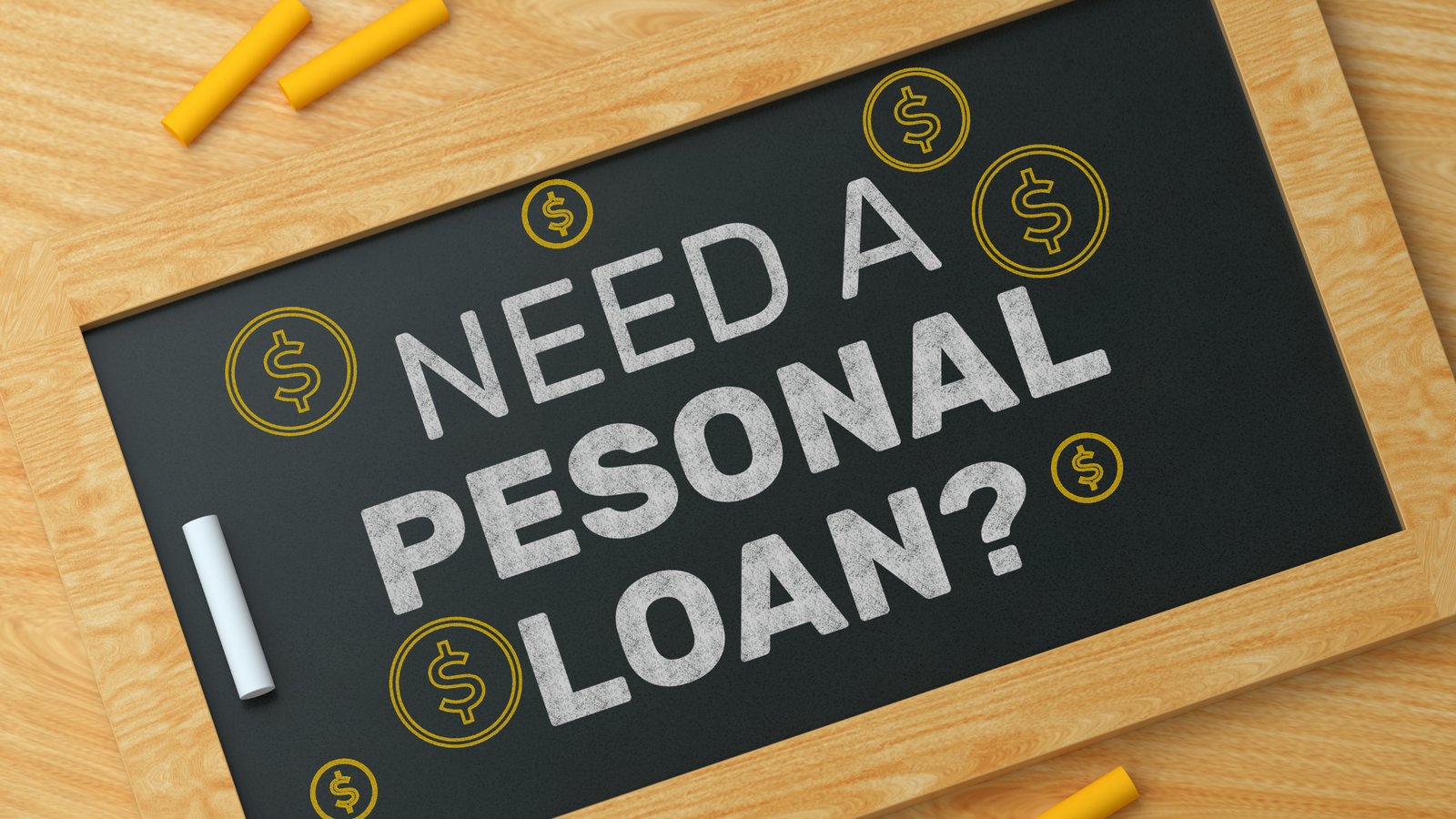There are tons of borrowing options out there, and if you don’t know how they function, they can all seem pretty similar. Generally speaking, there are eight general types of loans. Let’s go over the basics of each:
Personal Loans
If you’re looking to pay off a debt or make a large purchase, personal loans are a great catch-all way to do so. These loans often come from your bank or a specialized credit union, and they tend to have moderate interest rates. Your credit score also affects your personal loans: your loan amount, APR, and interest rates may vary based on your credit score when you apply for a personal loan. Personal loans have relatively short interest rates compared to other, larger loans, and they usually have a repayment period that lasts up to a few years at most. Check out our review of the best personal loan companies to find a lender and compare rates.
Home Loans
Mortgages are loans specifically designed for home ownership. These loans are usually quite large and have lower interest rates than other loans since they use purchased property as collateral. For a mortgage, prospective homeowners meet with a banker or mortgage specialist to apply for their mortgage. When accepted, they must also pay a down payment for the home. Check out our review of the best mortgage lenders to find a lender and compare rates.
Low-income households may also qualify for government-backed mortgages from organizations like the Federal Housing Association or the Veterans’ Association.
Auto Loans
Cars are expensive, so most car dealerships offer in-house auto loans to help consumers pay for their new vehicle. Like mortgages, auto loans may use the vehicle as collateral, but they tend to have slightly higher interest rates since auto loans have a shorter payback period. When someone applies for an auto loan, their credit score is once again taken into account. Your credit score can determine an auto loan’s interest rate, APR, or required down payment. Typically, auto loans have a 36-72 month payback period. However, as car prices continue to rise, loan periods are as well.
Check out our review of the best auto loan lenders to find a lender and compare rates.
Student Loans
If you’re in college, going to college, or have graduated from college, you’ve probably at least heard of student loans. Like mortgages, student loans are long-term, mid to low-interest loans that students use to help pay for school. The most common student loans in the United States come from national and state governments, and each year, students will need to fill out a FAFSA form to qualify for loans in the upcoming semesters. Federal student loans are often much “kinder” than other loans, since they offer easy loan forgiveness and income-based repayment options for graduated students.
Private student loans, on the other hand, work similarly to personal loans. However, the money received from a private student loan goes straight to a college instead of your bank account. Private student loans also require a credit background check, and they use these checks to determine your eligibility for the loan, interest rates, and how much money you can request.
Home Equity Loans
Like mortgages and auto loans, home equity loans use your home as collateral. However, these loans aren’t for buying a house. Instead, home equity loans can be used for just about anything. These loans work by allowing borrowers to request funds up to the value of their home for a set period (usually called the draw period). Then, borrowers pay off the loan over time. Home equity loans have lower interest rates and longer payback periods, that last anywhere from 5 to 30 years.
Credit Building Loans
Credit-building loans do exactly what you’d think: they help build credit. Ideal for people looking to improve their credit score or get started building their credit profile, credit-building loans essentially open an account under the borrower’s name for their requested loan amount. The borrower pays off the loan in monthly installments, and the lender reports each payment to one of the three main credit-tracking bureaus, so they can appropriately update the borrower’s credit score as they make payments. After paying off the account, borrowers get their loan in a lump sum.
Before applying for a credit-building loan, always make sure the lender reports to at least one of the major credit bureaus.
Payday Loans
Payday loans are short-term, high-APR loans that must be repaid in full by the borrower’s next payday. Loan amounts usually range from $50 to $1,000 and don’t require your credit history to qualify. While these loans sound useful, they’re incredibly difficult to pay off, especially if it’s a larger loan. Since you only have about a week to pay the loan off, lenders often encourage borrowers to renew their loans and thus avoid collections.
Debt Consolidation Loans
Offered to help people get out of debt, debt consolidation loans are essentially loans used to put all of a borrower’s debt in one bag. Debt consolidation is ideal for people struggling with lots of monthly bills, and loans are offered as either personal loans from banks or credit consolidation from credit card companies. To consolidate debt, a borrower takes out a single loan that totals the amount of all the loans they want to consolidate. Then, they can pay off each of the smaller loans using the consolidation loan and focus on paying for the one big loan. By consolidating several loans with different minimum payment amounts due on different days into one loan with a single payment date, it’s a lot easier to schedule and budget payments. When taking out a debt consolidation loan, it’s important to compare your consolidation loan’s overall interest rate with the loans you’re looking to put together.
In Summary
This article has provided an insightful overview of the eight primary types of loans and how they operate. Regardless of the type of loan you need, it is important that you first understand the characteristics, interest rates, credit implications, and repayment terms for each loan type. With this knowledge, you can make informed decisions to meet your financial goals and manage your borrowing responsibly.










